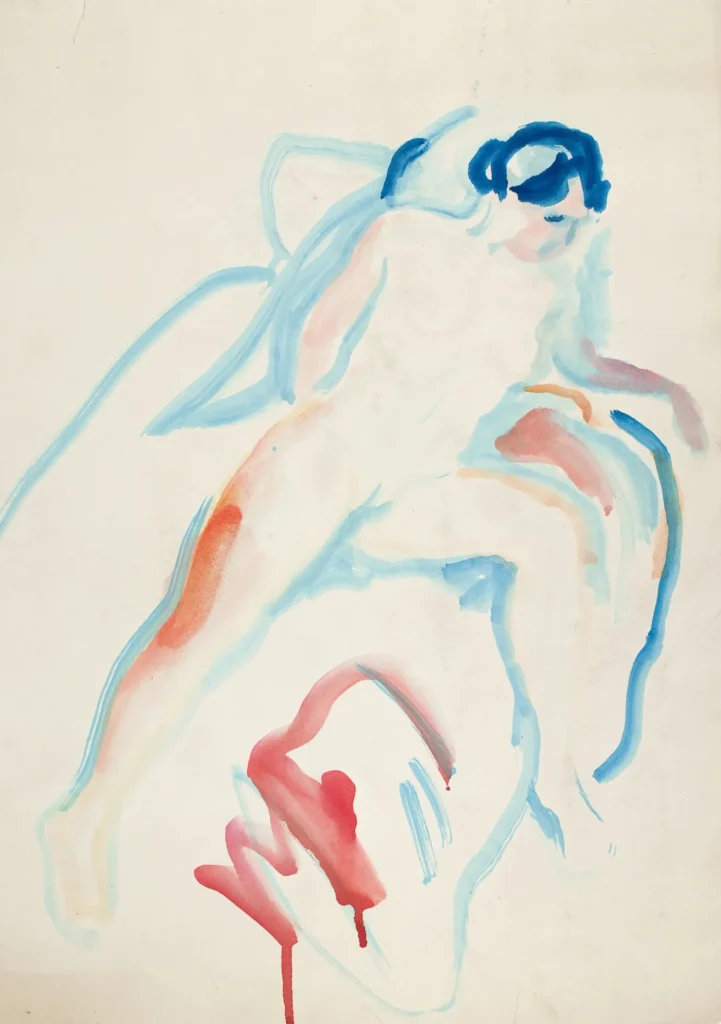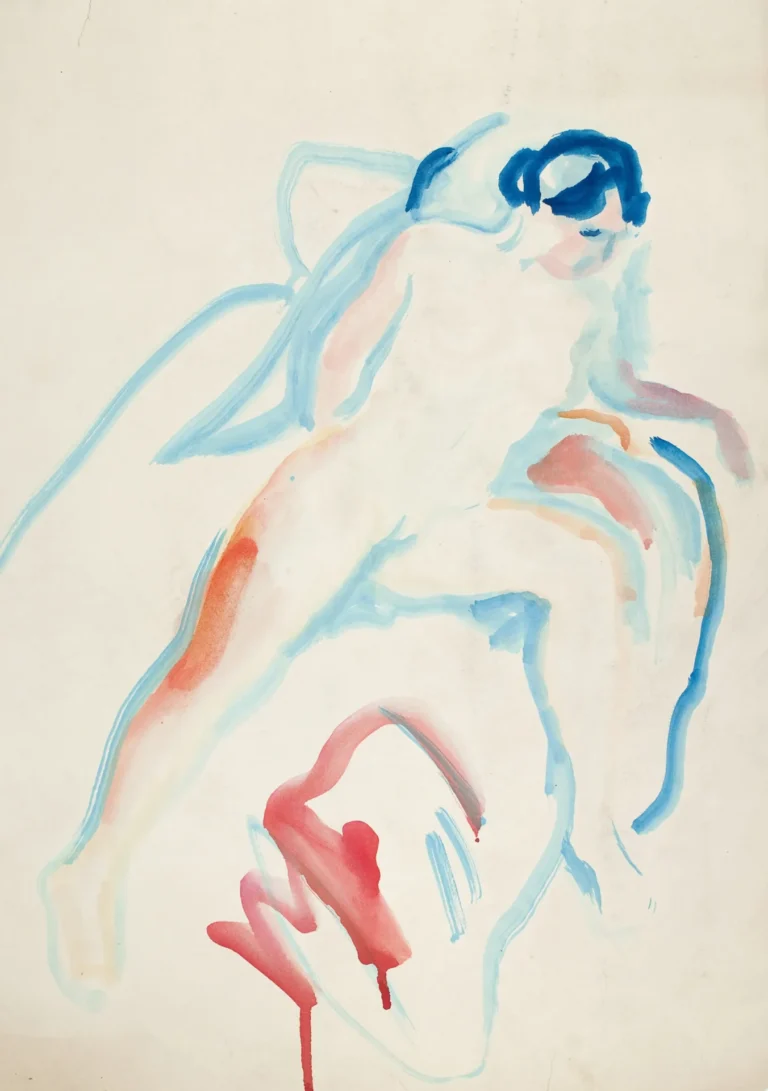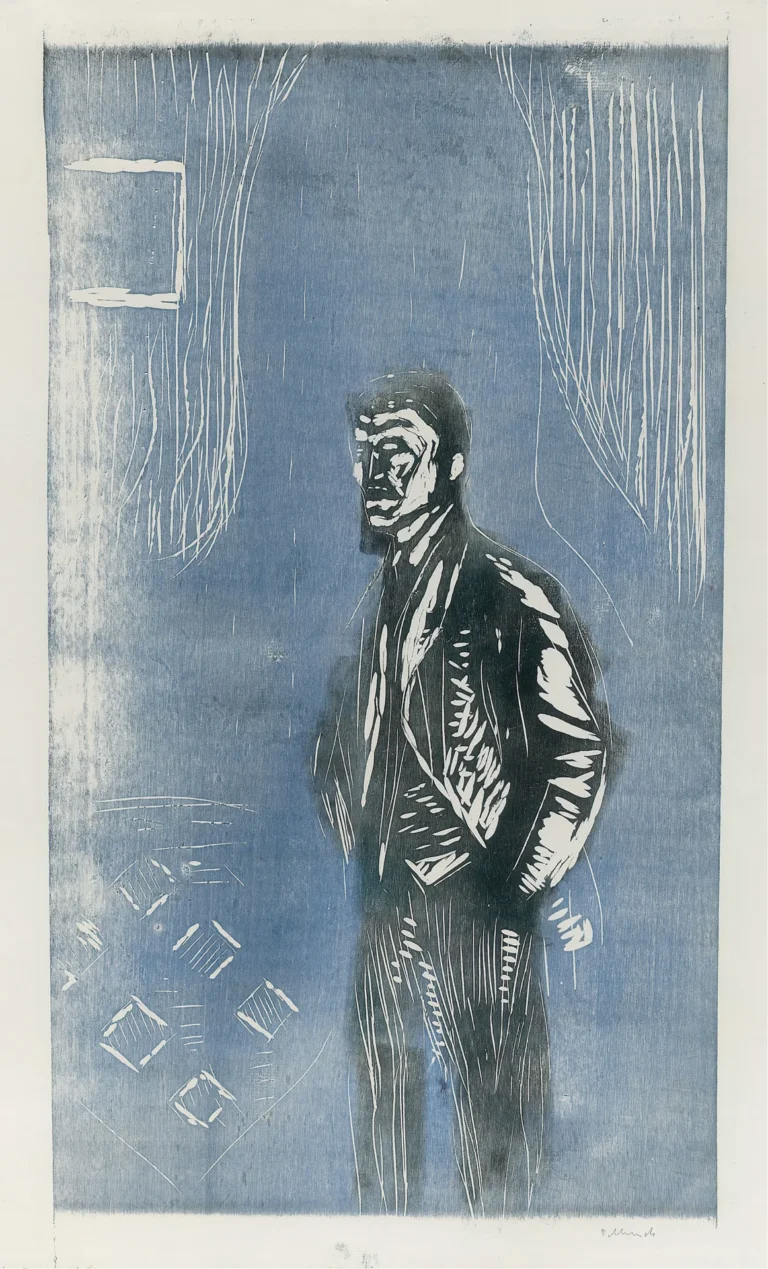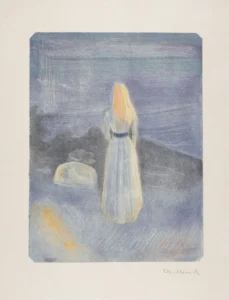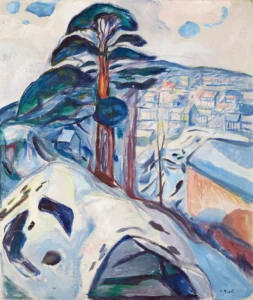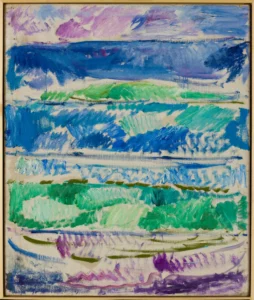Akt på sengen (1919-1924)
Akt på sengen, or Nude on the Bed, is a poignant series by Norwegian artist Edvard Munch created between 1919 and 1924. Departing from his earlier angst-filled masterpieces, these works convey tranquility and intimacy through the portrayal of a reclining nude figure. Munch’s signature vibrant colors and fluid brushwork enhance the emotional depth of these paintings, exemplifying his artistic evolution during this period. The series encapsulates themes of contemplation and vulnerability, signifying a mature engagement with the human experience.
1919 - 1924
About the Artwork
This series emerged in the latter part of Munch's career, a time marked by introspection and artistic growth. Following the intense emotional explorations of his earlier works, such as The Scream, Munch sought to embrace a quieter narrative. In Akt på sengen, he focuses on the nude figure in a relaxed pose, suggesting themes of physicality intertwined with emotional states. The soft color palette, along with innovative brushwork, reflects both serenity and vulnerability. Munch's shift towards a more expressive yet contemplative form of representation showcases not just technical skill but also a deeper understanding of human intimacy.
Did You Know
Liked what you see? Add it to your collection.
Enjoyed reading? Share it.
... continued
Akt på sengen
(which translates to "Nude on the Bed" in English) is a series of paintings created by the Norwegian artist Edvard Munch between 1919 and 1924. These works are part of Munch's later period, characterized by a more expressive and simplified style compared to his earlier, more angst-ridden pieces like "The Scream." In "Akt på sengen," Munch depicts a reclining nude figure, often in a relaxed or contemplative pose. The paintings feature bold, vibrant colors and a more fluid, expressive brushwork. This series reflects Munch's continued exploration of themes related to the human body, intimacy, and the emotional state of the subject. Munch's later works, including "Akt på sengen," show a shift towards a more serene and introspective tone, differing from the intense emotional turmoil that marked much of his earlier work. These paintings demonstrate his ability to evolve and adapt his style while maintaining the depth and psychological complexity that are hallmarks of his art.




